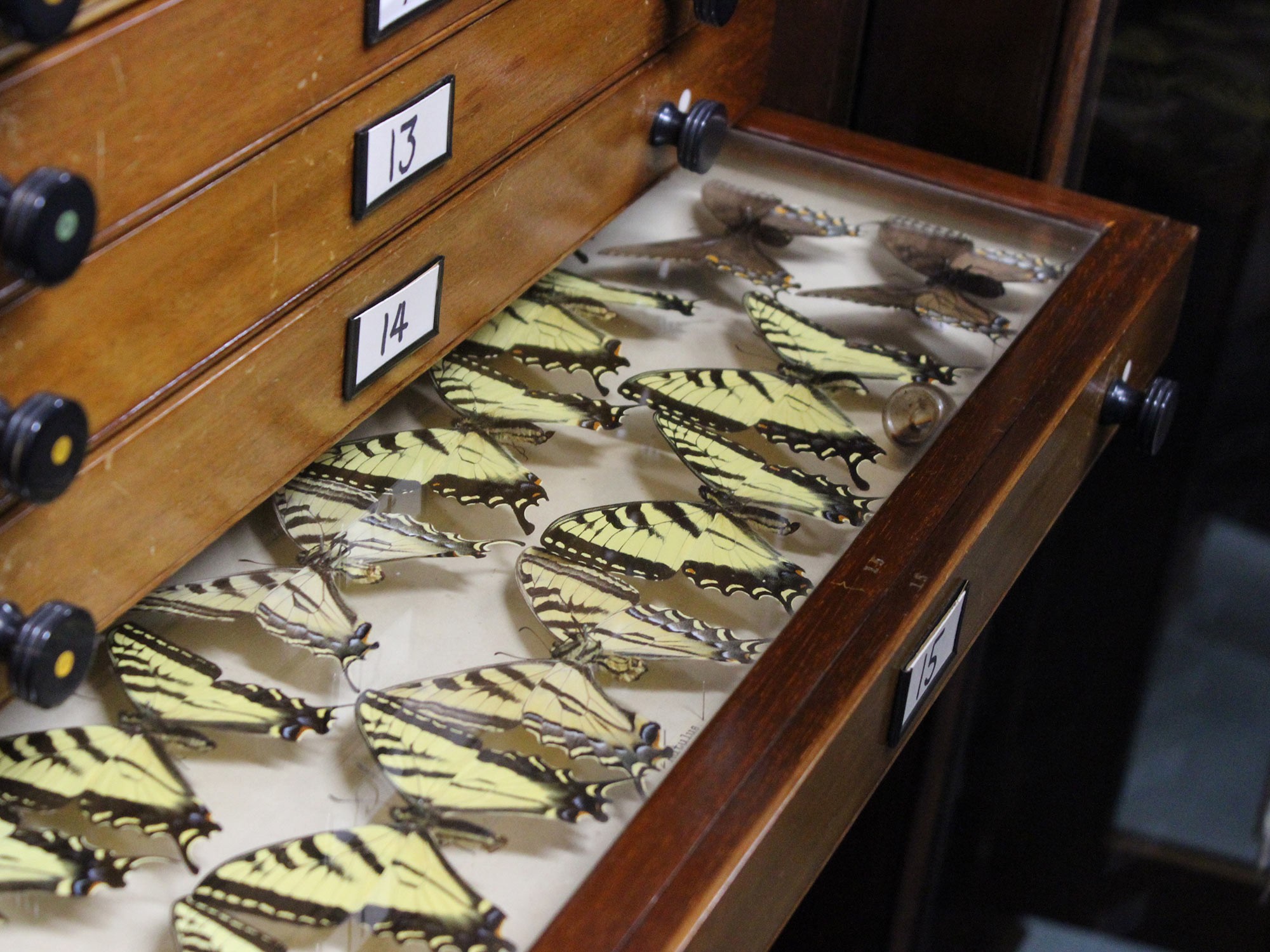
The captivating life of a leading lepidopterist
A true pioneer, Norfolk-born Margaret Fountaine spent her life travelling the world collecting thousands of species of butterflies and moths, leading to one of the largest collections in the country
Margaret Fountaine was born into a family of moderate means in 1862, one of two daughters of a South Acre clergyman. Alhough they had money, Fountaine’s childhood wasn’t a particularly happy one; her father died when she was 15 and her mother seemingly held no real affection for the two sisters. Fountaine sought solace in the Norfolk countryside, sketching and pressing flowers and visiting the butterfly collection of family friend Henry Elwes, who had the largest collection in the country.
In 1878 at the age of 16 she began writing a diary, a habit she’d keep until her death in 1940 and which tells us that while on her first trip abroad to France and Switzerland her interest turned to butterfly collecting.
“I filled my pocket box with butterflies, some I had only seen in pictures as a child and yet recognised the moment I caught sight of them on the wing,” she wrote. “I was a born naturalist, though all these years for want of anything to excite it, it had lain dormant within me.”
Determined to become a serious lepidopterist, Fountaine threw herself into her work. Her first expedition took her to Sicily, where she was the first British collector to brave the civil unrest and outlawed brigands that occupied the south of the island. Her research on the local habitats and butterfly varieties led to her first publication in The Entomologist in 1897 and several of her specimens were admitted to the British Museum, which at the time only accepted items of exceptional quality.
Fountaine travelled extensively to places such as Italy, Germany, and Hungary, constantly seeking knowledge and understanding of the butterfly world.
Her achievements gained her renown amongst male lepidopterists, and in 1898 she was elected as a fellow to the Royal Entomological Society, writing in her diary of the rare triumph of “being the sole representative of my sex.”
From 1901 she turned her attention to the Middle East and Asia, travelling first to Syria. By this point she had started collecting caterpillars to breed perfect butterfly specimens, raising a whole brood but only keeping one or two, releasing the remaining hundreds back into the wild. Whilst there she hired Khalil Neimy as a guide and interpreter. He became her travel companion for many of her trips, and over the years their relationship flourished into a romantic one.
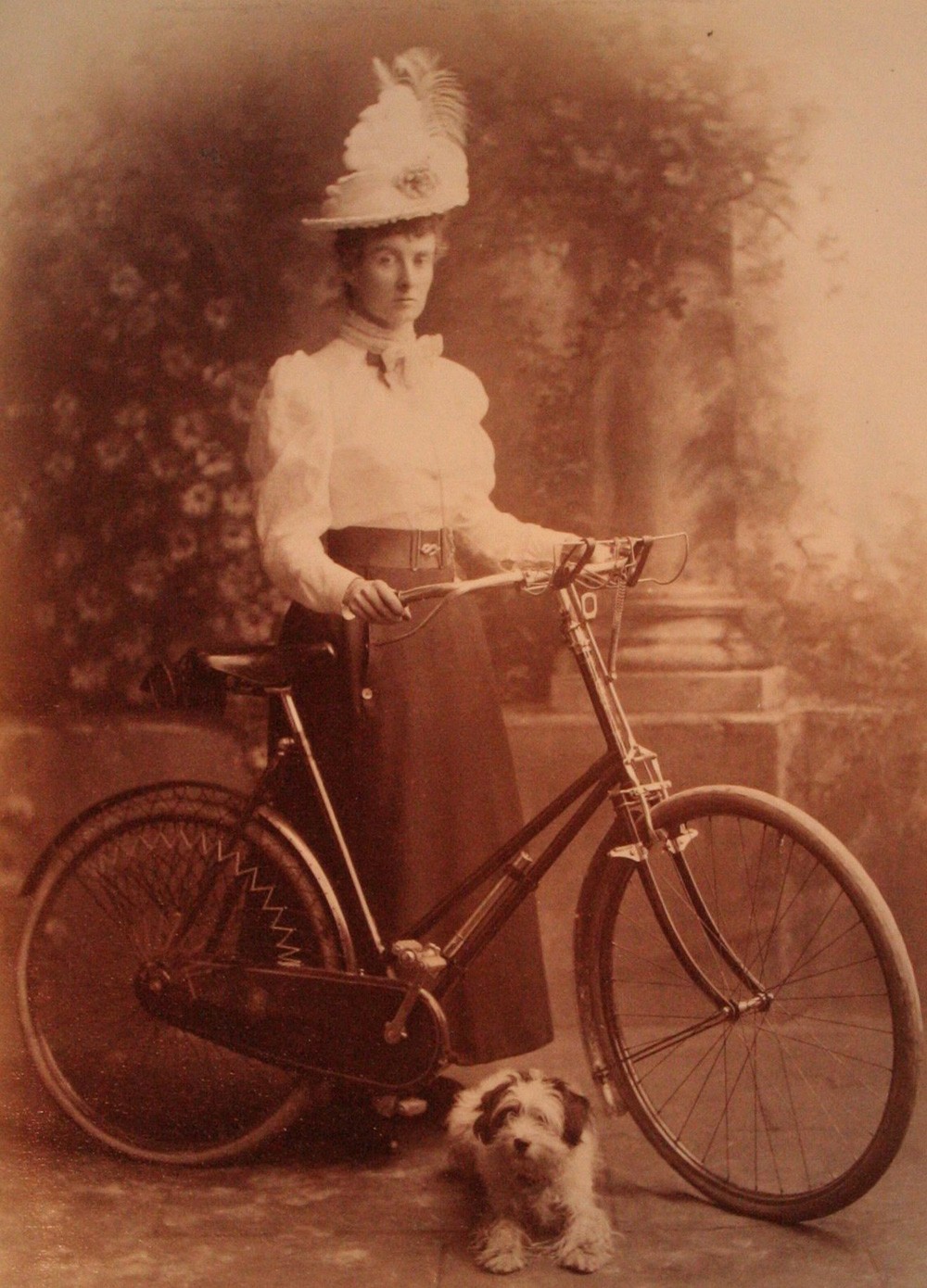
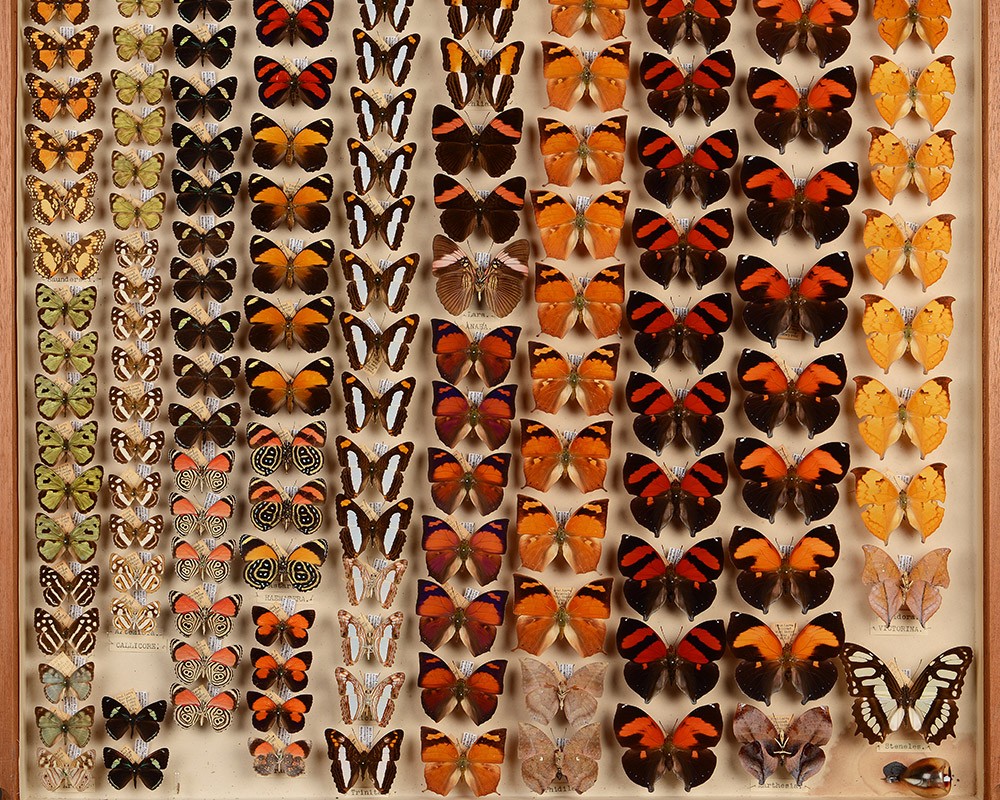
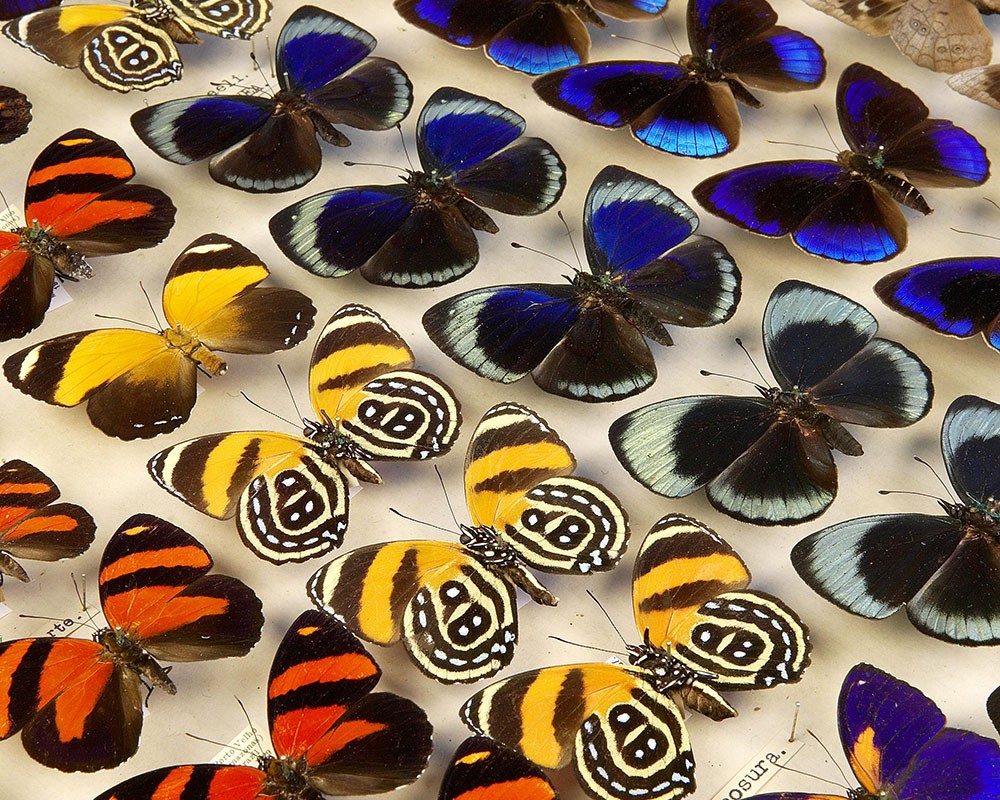
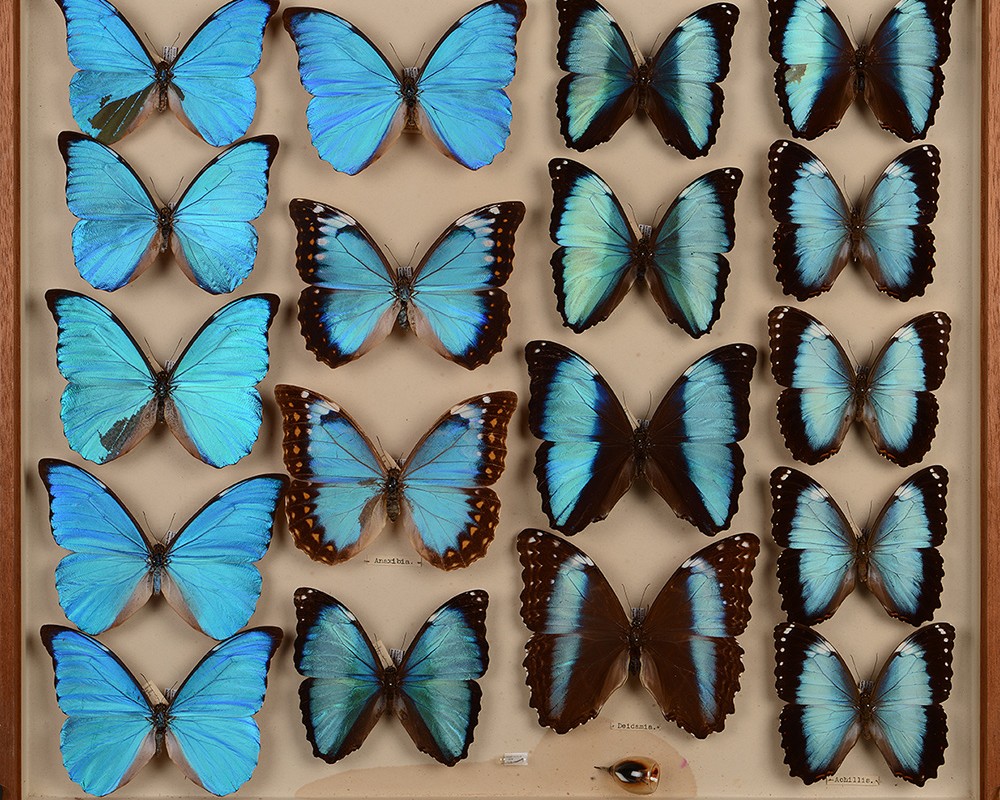
After travelling around Turkey and returning with over 1,000 butterflies (most of them documented and illustrated in her sketchbooks) more of Margaret’s research was published.
Norman Riley, who would later become Head of Entomology at the British Museum, wrote “these sketchbooks were most beautifully done and illustrated the metamorphosis of many species which had not been previously known to science.”
The height of Fountaine’s entomological career occurred in 1912 when she attended the Second International Congress of Entomology in Oxford. There she met with Edward Poulton who was President of The Linnean Society, and who formally invited her to join the society.
Established in 1788, the Linnean Society was dedicated to the study of natural history, evolution, and taxonomy. It was the venue for the first public presentation on the theory of evolution in 1858 and is the oldest existing biological society in the world. The Linnean Society had diverted from the habit of excluding women from scientific societies by recognising Fountaine’s extraordinary accomplishments.
The relationship between Fountaine and Neimy ended abruptly in 1928 when Khalil died of fever. Fountaine continued alone, writing of her grief in her diaries as well as the love they shared.
“He had brought me to feel that free love was better than that hallowed by the sanctity of marriage,” she wrote.
Fountaine herself passed away from a heart attack in 1940 at the age of 77 while looking for butterflies in Trinidad.
The Benedictine monk who discovered her reportedly found her with a butterfly net in hand and brought her back to the Pax Guest House where she’d been staying. She was buried in Jamaica, and in accordance with her will her extensive butterfly collection was donated to the Norwich Castle Museum along with a sealed box with instructions for it to only be opened in 1978.
Her collection, which she dubbed the Fountaine-Neimy Collection, consisted of over 22,000 carefully preserved butterflies, a record of her exploits across 60 countries over 50 years. When the box was finally opened in 1978 in revealed 12 volumes of her diaries, beginning from 100 years previously until 1939, detailing intimate aspects of her life as well as the thousands of specimens she had collected.
The Fountaine-Neimy Collection can still be seen at Norwich Castle Museum, whilst her intricate sketchbooks are on display at the Natural History Museum in London.
A woman who broke free of strict Victorian ideals to forge her own career, Fountaine’s story is a remarkable reminder that we can pursue what we love whatever the circumstances.
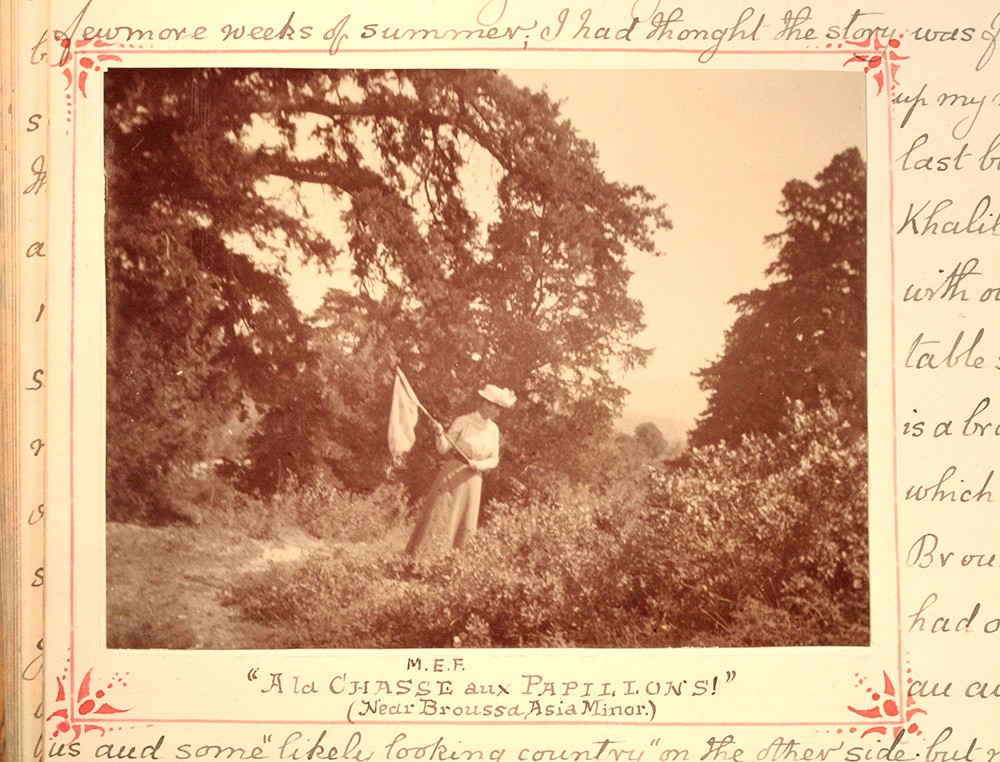
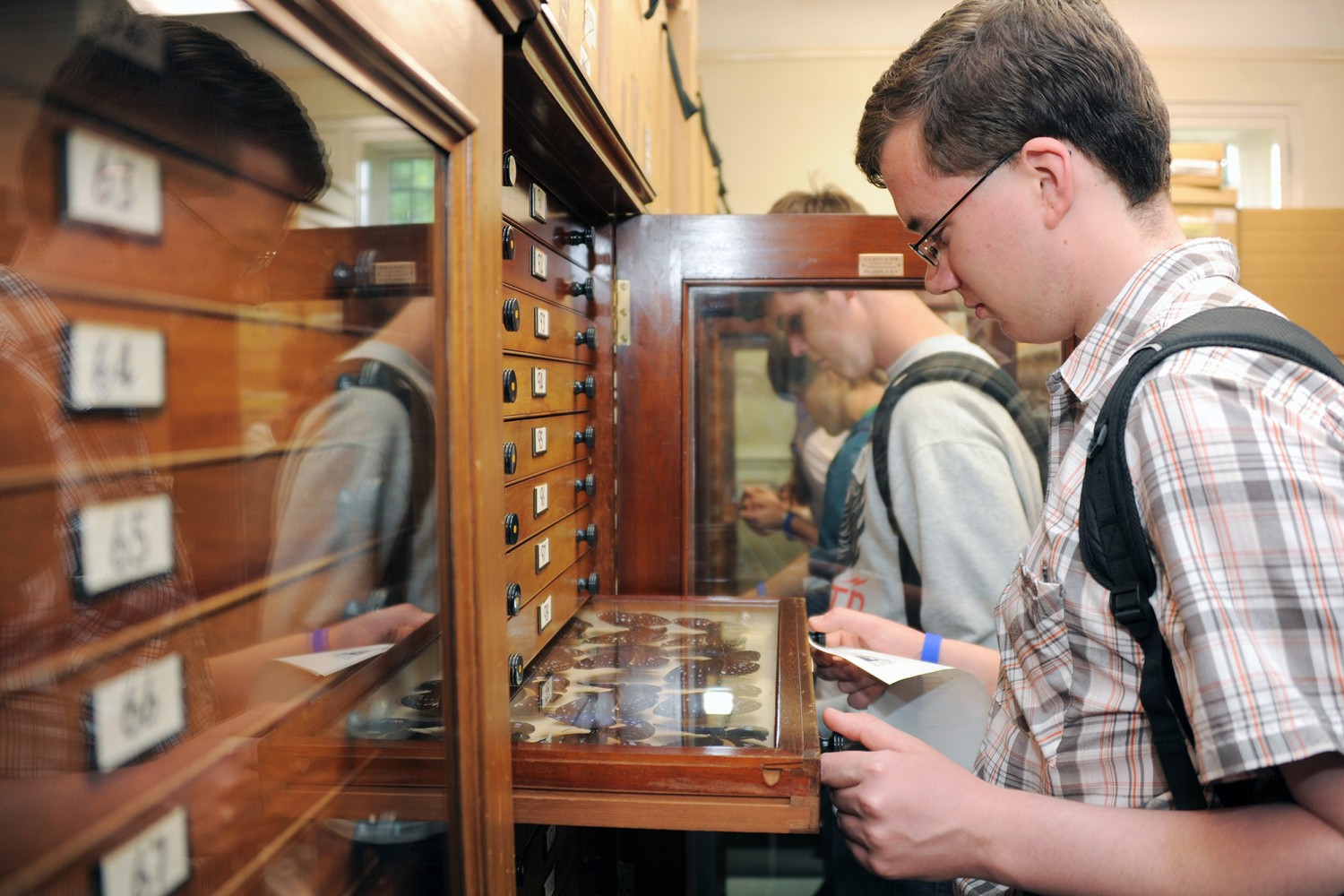
PICTURES: © Norfolk Museums Service (Norwich Castle Museum and Art Gallery)
